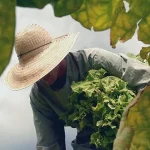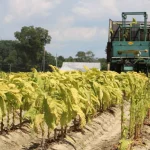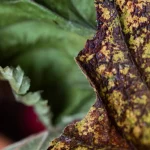Fighting weeds in tobacco fields is a super interesting and popular topic in the tobacco industry, and that’s what this piece is all about.
Common Weeds in Tobacco Fields
To learn how to combat weeds in tobacco fields, we first need to get familiar with the types of common weeds and tobacco plants found in these fields. Weeds can pop up in all kinds of forms and under different conditions in tobacco fields.
Depending on the climate and soil type, each area may have specific types of weeds. The common weeds in tobacco fields are usually fast-growing plants that compete with tobacco for sunlight, water, and nutrients, and generally, they can prevent the crop from growing properly.
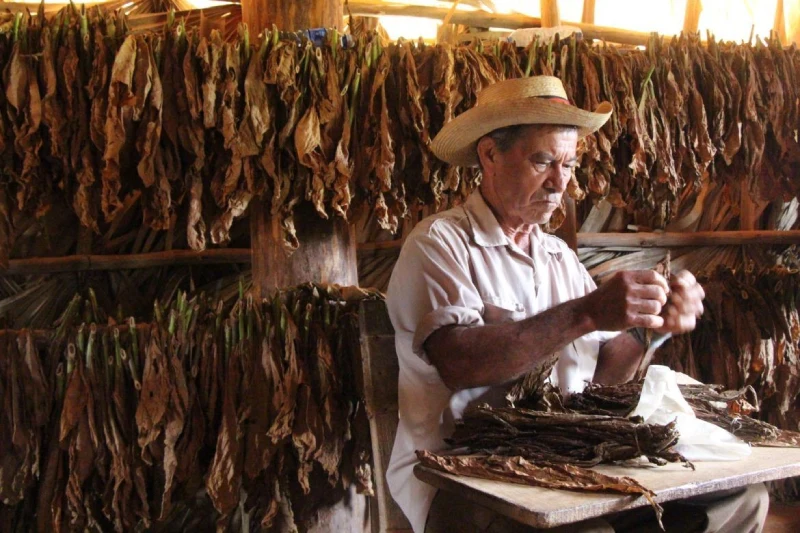
Thistle Weed (Cirsium)
One of the most common weeds in tobacco fields is the thistle. This weed has thorny stems and deep roots, making it difficult to control. Thistle directly competes with the tobacco plant for nutrients and water, and if not controlled in time, it can severely reduce both the growth and quality of the crop.
Cheeseweed (Malva neglecta)
Cheeseweed is another common weed in tobacco fields, known for its large leaves and extensive root system. This weed typically grows in areas with rich organic soil and can easily compete with tobacco plants, taking up significant space. Its growth can reduce the light and oxygen available to tobacco plants.
Johnson Grass (Sorghum halepense)
Johnson grass is another troublesome weed in tobacco fields due to its strong root system and rapid growth. It easily establishes itself in agricultural land and fiercely competes with tobacco plants for water and nutrients. If not controlled in time, it can lead to a significant reduction in tobacco yield.
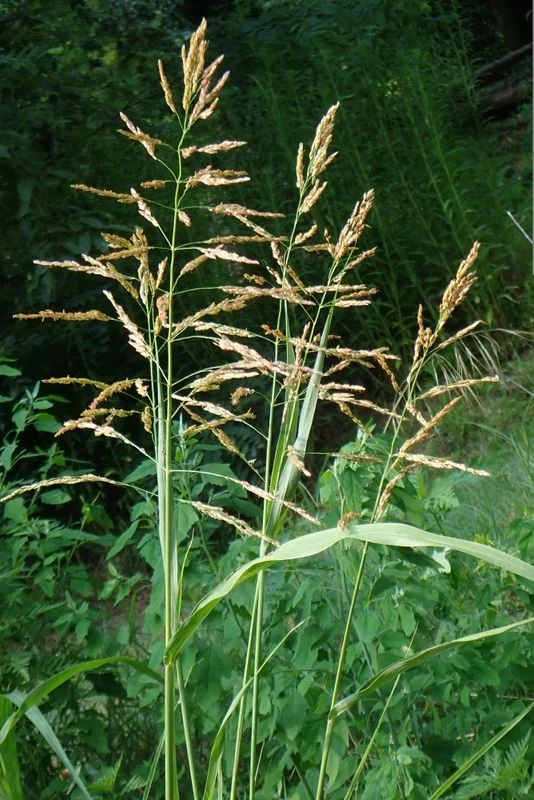
Mechanical and Chemical Weed Control Methods
In general, weed control methods in tobacco fields are crucial for better decision-making when purchasing tobacco leaves. These methods are divided into two categories: mechanical control and chemical control. Each of these methods has its own advantages and disadvantages, and the choice between them depends on the field conditions, the type of weeds, and their growth stage. Mechanical control involves using agricultural tools and equipment to physically remove weeds.
This is one of the oldest and most effective ways to control weeds in tobacco fields. By using farming machinery or specialized weed-removal devices, weeds can be removed from the roots, preventing regrowth.
Tilling: One of the common mechanical weed control methods is tilling the soil. This directly uproots and kills the weeds. However, overuse of this method may damage soil structure and deplete nutrients.
Manual Removal: In small farms or areas where machinery can’t be used, farmers may resort to manually removing weeds. Although this method is time-consuming, its high precision can effectively reduce weed density.
Chemical Control involves using herbicides designed to kill weeds in tobacco fields. This method is particularly useful in large farms where mechanical methods are not feasible.
Selective Herbicides: These herbicides are designed to target specific weeds without harming the main crops, including tobacco. Typically applied as a spray, these herbicides kill weeds that come into direct contact with the chemicals.
Non-Selective Herbicides: These herbicides are used to eliminate all plants in a particular area. While this method is effective for quickly getting rid of weeds, it can also harm the tobacco plants, so it should be used carefully and with precise timing.
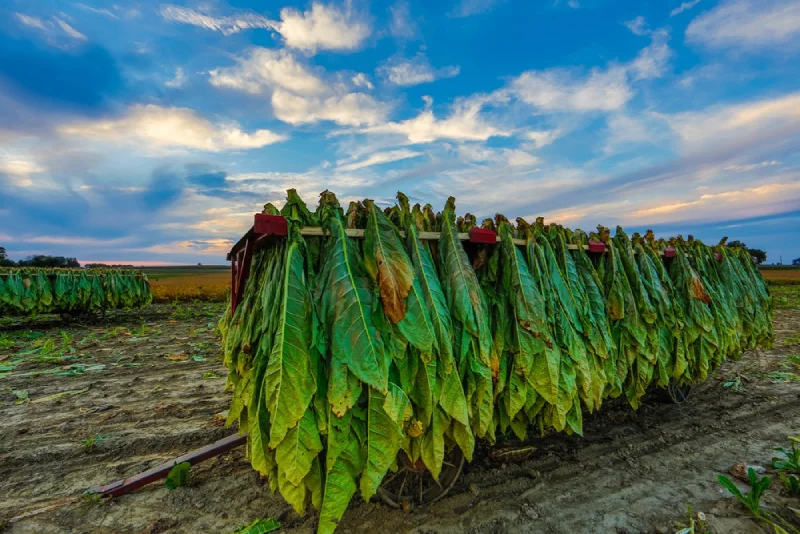
The Impact of Weeds on the Quality and Quantity of Tobacco Crops
Now that we’ve learned about weed control methods in tobacco fields, it’s important to understand the impact of weeds on the quality and quantity of the tobacco crop. These impacts include reduced availability of nutrients for the plant, decreased access to light and water, and competition for space and resources. Additionally, some weeds can act as hosts for pests and diseases, creating conditions that promote the spread of these problems.
One of the main effects of weeds on tobacco plants is the reduction of nutrient availability. Weeds rapidly absorb the nutrients in the soil, preventing tobacco plants from obtaining sufficient amounts of nitrogen, phosphorus, and potassium. This leads to stunted growth of the tobacco plant and a reduction in the quality of the leaves.
Weeds, due to their fast growth, can occupy a significant portion of the field and block sunlight from reaching the tobacco plants. Reduced sunlight can lower photosynthesis, thus decreasing the plant’s energy production. Additionally, weeds with strong root systems can absorb most of the water in the soil, leaving the tobacco plant in a state of drought, which ultimately affects the final product quality.
Weeds typically grow densely in certain areas, occupying large portions of land. This limits the space available for the tobacco plant to spread and properly utilize resources. The reduction in space and resources leads to a decrease in the quantity of the tobacco crop, ultimately lowering the overall productivity of the farm.

Conclusion
Weed control in tobacco fields is one of the major challenges faced by farmers. Choosing the right method to control weeds, depending on field conditions and the type of weeds, can have a significant impact on both the quality and quantity of the tobacco crop.
Using a combination of mechanical and chemical control methods can help reduce weeds and improve the growing conditions for tobacco plants. By having a clear understanding of common weeds and employing effective weed control strategies in tobacco fields, farmers can produce high-quality crops with optimal yields.



